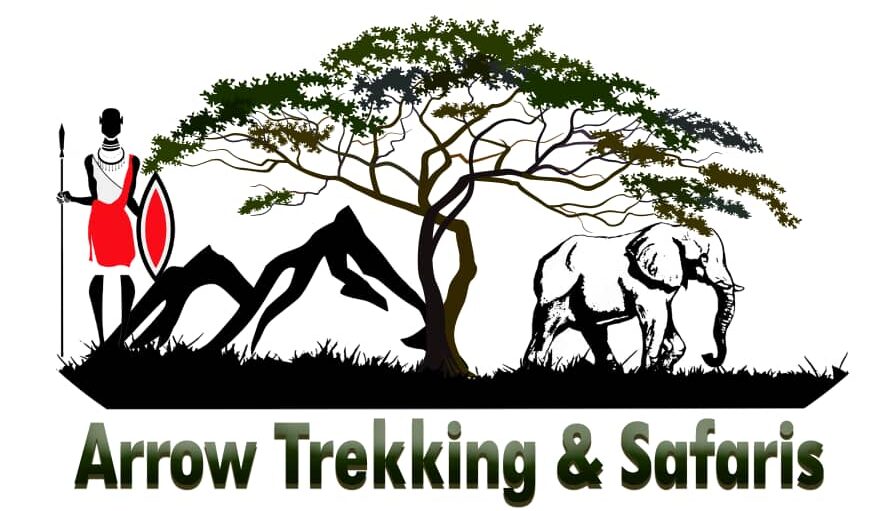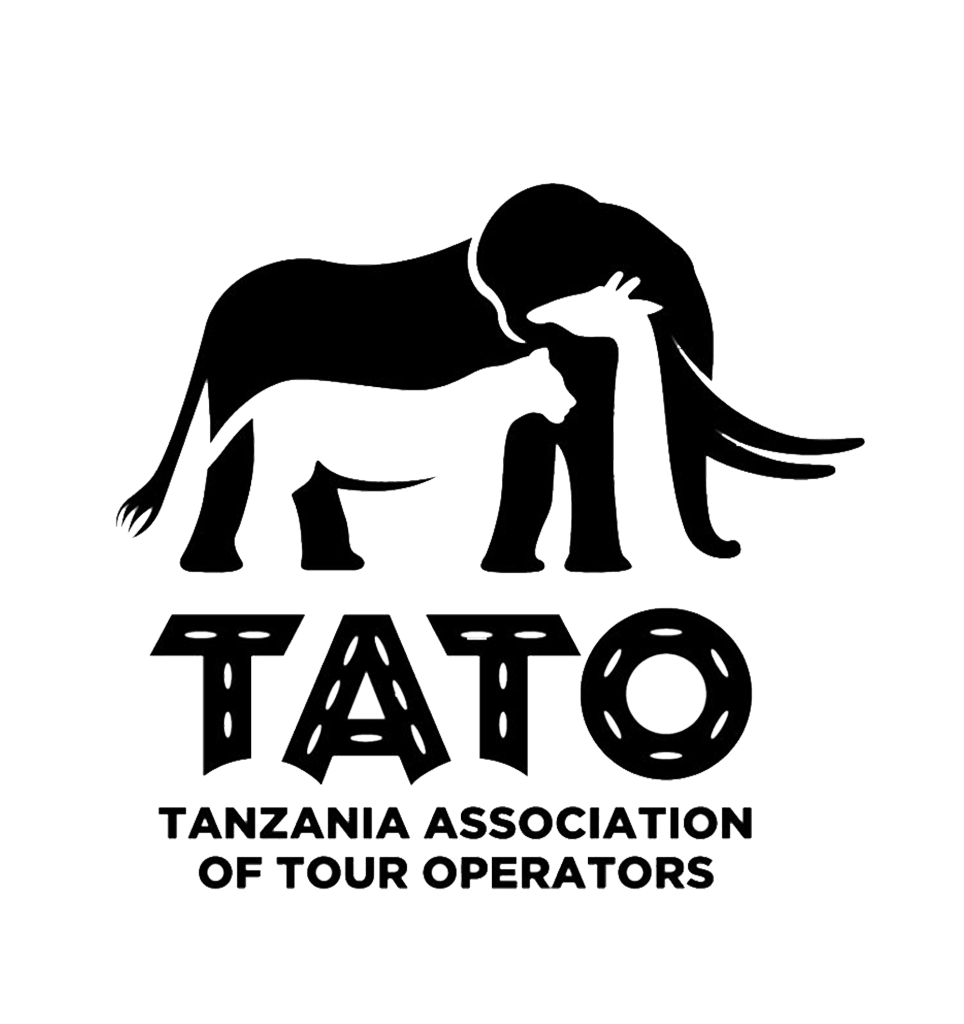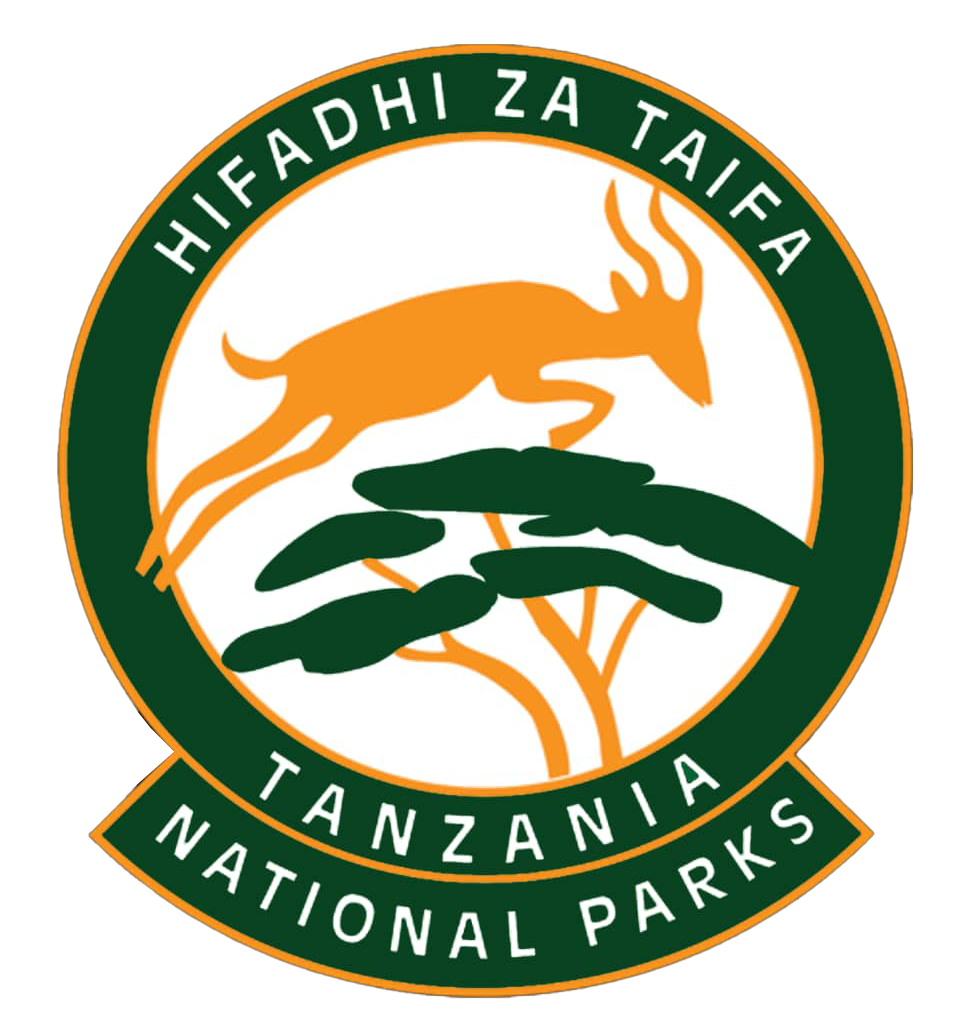Arrow Trekking and Safaris – Discover Africa’s top safari destinations with expertly crafted itineraries.
Amboseli National Park – Overview
Amboseli National Park, located in southern Kenya, is one of Africa’s most iconic safari destinations, renowned for its breathtaking views of Mount Kilimanjaro, the tallest mountain in Africa. Spanning approximately 392 square kilometers, the park is relatively small compared to other major reserves, but it offers an exceptional concentration of wildlife, especially its famous large elephant herds with impressive tusks. Amboseli provides an unforgettable safari experience, blending rich biodiversity, stunning landscapes, and vibrant Maasai culture.
The park’s name comes from the Maasai word “Empusel,” meaning “salty, dusty place,” a reference to the dry lake beds and volcanic soil that characterize the region. Despite its arid conditions, Amboseli has lush swamps, seasonal lakes, open savannahs, and acacia woodlands, creating a diverse ecosystem that supports an abundance of wildlife. It is also a UNESCO Biosphere Reserve, playing a key role in conservation efforts while maintaining strong ties to the traditional Maasai communities who live around the park.
Geography & Ecosystems of Amboseli National Park
Amboseli National Park is located in southern Kenya, near the Kenya-Tanzania border, covering approximately 392 square kilometers. The park is characterized by vast open plains and offers stunning views of Mount Kilimanjaro, Africa’s tallest mountain, which towers just across the border in Tanzania. The park’s mostly flat terrain provides excellent visibility for spotting wildlife, making it one of the best safari destinations in Kenya. Despite its semi-arid climate, Amboseli supports a rich diversity of landscapes that create a unique and thriving ecosystem.
The park’s geography is dominated by grasslands and savannahs, where large herds of elephants, zebras, wildebeest, and giraffes roam freely. The seasonal Lake Amboseli lies at the heart of the park, transforming into a shimmering expanse of water during the rainy season and attracting flocks of flamingos, pelicans, and other waterbirds. One of the most important features of Amboseli is its permanent swamps and wetlands, such as the Enkongo Narok and Olokenya Swamps, which sustain hippos, crocodiles, elephants, and numerous bird species throughout the year. These water sources play a crucial role in supporting the park’s wildlife, particularly during the dry season.
Best Time to Visit Amboseli National Park
June – October (Dry Season & Best Wildlife Viewing)
This is the best time for safaris, with dry weather and excellent wildlife sightings. Animals gather around swamps and waterholes, making them easier to spot. Large herds of elephants, zebras, and buffaloes roam freely, while predators like lions and cheetahs are active. The clear skies offer stunning views of Mount Kilimanjaro, but this is also peak tourist season, so expect more visitors.
November – February (Short Rains & Birdwatching Season)
Light rains bring lush greenery, but wildlife remains abundant. January to February is the calving season, attracting predators and creating dramatic wildlife encounters. This is also the best time for birdwatching, as migratory species arrive. Occasional showers rarely disrupt game drives, and fewer crowds make for a quieter safari experience.
March – May (Long Rains & Low Tourism Season)
The park is at its greenest, but heavy rains can make roads muddy. Wildlife is still present, though more dispersed. With fewer tourists and lower accommodation rates, this is a great time for budget travelers who don’t mind occasional rain.
Best Activities in Amboseli National Park
Game Drives
Game drives are the best way to explore Amboseli’s diverse landscapes and spot wildlife up close. The park is famous for its large elephant herds, often seen walking across the open plains with Mount Kilimanjaro in the background. You can also encounter lions, cheetahs, buffaloes, giraffes, zebras, and wildebeests, among other animals. Morning and late afternoon drives offer the best wildlife sightings, as animals are most active during these cooler hours.
Birdwatching
With over 400 bird species, Amboseli is a haven for birdwatchers. The swamps and seasonal Lake Amboseli attract a variety of waterbirds, including flamingos, pelicans, herons, egrets, and African jacanas. Birds of prey like martial eagles, tawny eagles, and secretary birds are commonly spotted soaring above the plains. The best time for birdwatching is during the green season (November – May) when migratory birds arrive.
Cultural Visits to Maasai Villages
A visit to a Maasai village offers a unique opportunity to learn about the traditional way of life of the Maasai people. You can watch traditional dances, visit their homesteads (Manyattas), and learn about their customs, warrior culture, and deep connection to nature. The Maasai are known for their bright red attire, intricate beadwork, and impressive jumping dance, making this a cultural experience you won’t forget.
Best Activities in Amboseli National Park
Game Drives
Game drives are the best way to explore Amboseli’s diverse landscapes and spot wildlife up close. The park is famous for its large elephant herds, often seen walking across the open plains with Mount Kilimanjaro in the background. You can also encounter lions, cheetahs, buffaloes, giraffes, zebras, and wildebeests, among other animals. Morning and late afternoon drives offer the best wildlife sightings, as animals are most active during these cooler hours.
Birdwatching
With over 400 bird species, Amboseli is a haven for birdwatchers. The swamps and seasonal Lake Amboseli attract a variety of waterbirds, including flamingos, pelicans, herons, egrets, and African jacanas. Birds of prey like martial eagles, tawny eagles, and secretary birds are commonly spotted soaring above the plains. The best time for birdwatching is during the green season (November – May) when migratory birds arrive.
Cultural Visits to Maasai Villages
A visit to a Maasai village offers a unique opportunity to learn about the traditional way of life of the Maasai people. You can watch traditional dances, visit their homesteads (Manyattas), and learn about their customs, warrior culture, and deep connection to nature. The Maasai are known for their bright red attire, intricate beadwork, and impressive jumping dance, making this a cultural experience you won’t forget.








